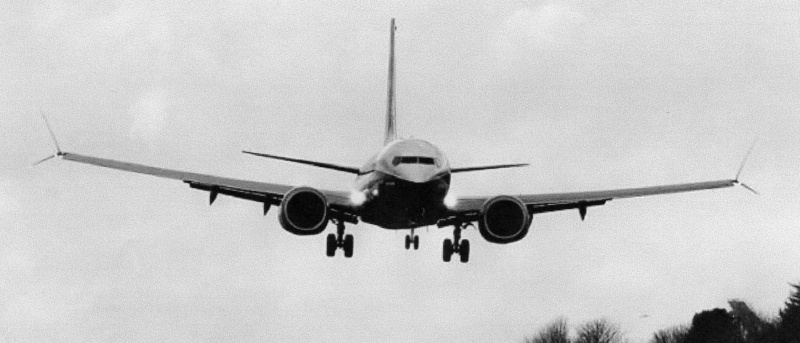Boeing has 3,000 advance orders for this new plane! I think that makes it their most successful airplane yet. What a company! imp
"Chicago-based Boeing Co.'s newest 737 jetliner gunned its engines and headed into rain-streaked skies Friday, with profit and pride riding on its wings.
The aerospace company's fortunes depend on a smooth market debut for the 737 Max next year with initial customer Southwest Airlines.
More than 60 customers of the 737 were on hand for the initial flight of the plane, christened "The Spirit of Renton," a reference to the Seattle suburb where Boeing has made single- aisle planes since the 1950s.
"It's really humbling to think about the confidence they've entrusted in us," said Keith Leverkuhn, a Boeing vice president and general manager of the 737 program.
"The plane's first flight, a key milestone, is emotional for the workers who devoted years to the 737 program, and heart- pounding for executives who have promised that the single-aisle jet will meet performance and deadline targets."
"The Max is already Boeing's all-time best-seller, with 3,072 orders. It's the latest model in the narrow-body family that is the planemaker's largest source of profit, and arguably its most valuable asset. The total backlog of unfilled 737 orders is valued at about $200 billion, according to Bloomberg Intelligence estimates."
http://www.chicagotribune.com/business/ct-boeing-737-max-20160129-story.html

"Chicago-based Boeing Co.'s newest 737 jetliner gunned its engines and headed into rain-streaked skies Friday, with profit and pride riding on its wings.
The aerospace company's fortunes depend on a smooth market debut for the 737 Max next year with initial customer Southwest Airlines.
More than 60 customers of the 737 were on hand for the initial flight of the plane, christened "The Spirit of Renton," a reference to the Seattle suburb where Boeing has made single- aisle planes since the 1950s.
"It's really humbling to think about the confidence they've entrusted in us," said Keith Leverkuhn, a Boeing vice president and general manager of the 737 program.
"The plane's first flight, a key milestone, is emotional for the workers who devoted years to the 737 program, and heart- pounding for executives who have promised that the single-aisle jet will meet performance and deadline targets."
"The Max is already Boeing's all-time best-seller, with 3,072 orders. It's the latest model in the narrow-body family that is the planemaker's largest source of profit, and arguably its most valuable asset. The total backlog of unfilled 737 orders is valued at about $200 billion, according to Bloomberg Intelligence estimates."
http://www.chicagotribune.com/business/ct-boeing-737-max-20160129-story.html


